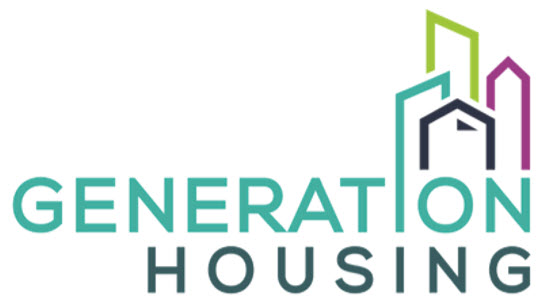RHNA Update
Jesús Guzmán | June 2021
If you’ve been following local or regional housing discussions, you may have heard the term RHNA (pronounced “ree-nah”). RHNA stands for Regional Housing Needs Assessment. Every eight years, the State of California provides the Bay Area region with the number of housing units that local cities and counties will need to plan for and accommodate over an eight-year period.
As we near completion of the current fifth cycle that ends in 2023 and the start of the sixth cycle, which runs from 2023 to 2031, the State of California has provided the region, and the rest of the state, with our next allocation of housing units that we’ll need to plan for and accommodate.
The latest RHNA figures that we’re expected to plan for between 2023-2031 have increased significantly relative to the prior cycles. As the chart provided shows, nearly all cities and the county have considerably higher housing allocations than in prior years. As a county, we’ve been allocated 14,562 new housing units – an increase of 72 percent as compared to the most recent cycle. The RHNA allocations for cities like Petaluma, Healdsburg, and Windsor have risen significantly, nearly doubling or tripling for some. In each case, the RHNA allocation for a city also stipulates the minimum amount of affordable housing that will need to be planned for and be made available to lower income households – a goal that is increasingly a top priority for the State and cities given that the shortage in affordable housing is where the greatest need resides.
Though these are draft figures, and they still need final approval from the regional governance body known as the Association of Bay Area Governments (ABAG), if we see changes, they may be by degree rather than magnitude. As such, we anticipate that the RHNA figures we have now will likely resemble the final figures we’ll have at the end of this process. In all, the current RHNA allocations give us the latest indication of the State’s strong emphasis on addressing our low housing supply and the need to improve affordability for all households, especially lower income households.
RHNA should be understood as a minimum floor for how much housing cities should zone for building rather than a ceiling or maximum. RHNA does not reflect under-production from prior cycles and given the chronic lack of homebuilding from the recent past – that’s a crucial gap in accurately estimating our local housing need. As Generation Housing’s latest report suggests, Sonoma County needs closer to 58,000 homes over the next decade to account for the current underproduction and future need.
In each case, cities and the county will use the Housing Element process to update their plans to decide where new housing can be accommodated and what policies they’ll need to build more housing. Generation Housing is excited to participate in the local housing element update process, and we encourage you to join us and your local city in helping plan for more housing, and more affordable housing, in our communities. To learn more, visit: https://generationhousing.org/housing-elements/

